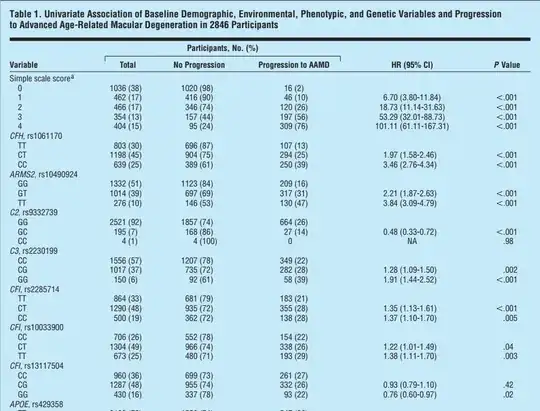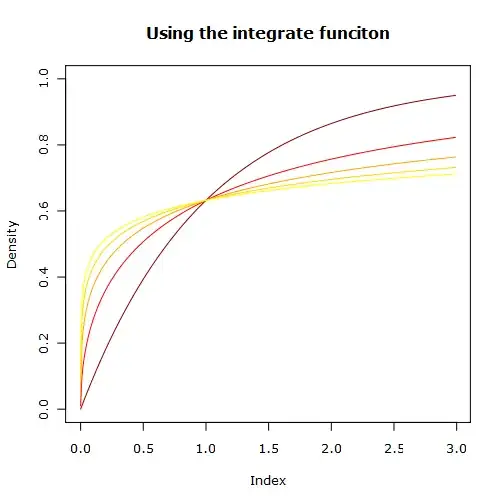There are both small-world, model-specific, and large-world, application-specific issues here.
Small-world issue
A strength and a weakness of Cox models as used to develop this calculator is that the baseline survival curve doesn't need to be specified to get the hazard ratios among conditions. It is possible to regenerate a baseline hazard for a reference condition if you have the original data, as shown for example on this page. That's presumably what the authors did to get their risk predictions. Unless you have the original data (or something close enough to estimate a reliable baseline hazard) you can't do that.
To solve this small-world problem you could ask the authors for the underlying data or, perhaps simpler still, ask them for permission to use their code in a web page that translates their calculator from English. Or you could offer a translation that they could present on their web site.
Large-world issue
Even if one could do the above, I'd be very reluctant to implement it for prognostication in practice outside the population on which the model was based. Both the baseline hazards and the hazard ratios might be expected to differ substantially depending on region-specific genetic backgrounds, diet, access to health care in general and to optometry/ophthalmology in particular, etc. There is no assurance that a calculator built on US-focused AREDS studies would work well in other populations. If the society in which you want to use the calculator is so removed in those ways from where the calculator was developed that you need to translate the calculator, that doesn't seem to be a good risk.
That said, it would be interesting to see how well that calculator actually works in a prospective study in a new population. That's the ultimate test of reliability for a calculator like this.

